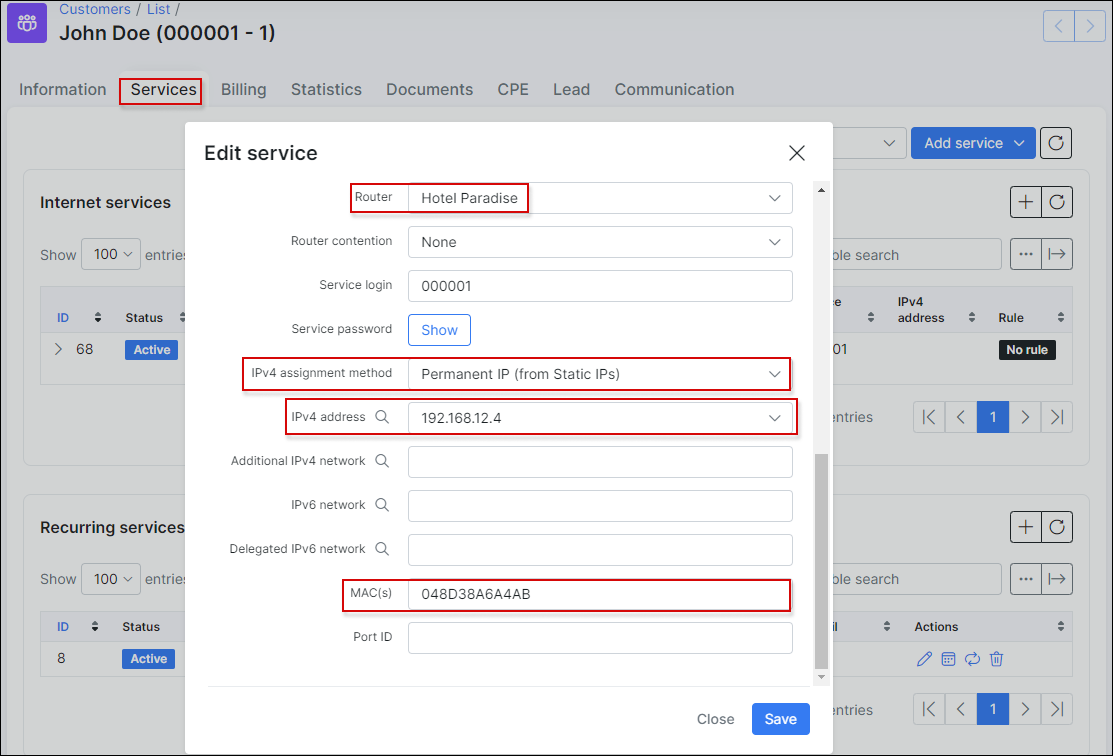


I closed this dialog and the PPP settings. I used WinBox here, but you can do the same using the terminal. We know that our NPS server works and we can configure the client side.

The third step is to check the Network policies - the policy for VPN connections must be enabled. This is also a good way to do the troubleshooting steps. Before we switch on the Mikrotik side, we will check our setup on the NPS side. Those settings are also not important for this policy as they are only Microsoft related. Again, when you finish adding all necessary group, go to the next step - the IP filters. As this policy will cover all users in the domain and all users are always the part of group named Domain UsersI added only this one group here. This is the standard dialog to select users or groups that you can see anywhere in Windows.Ĭhoose all the groups you want to include. Again, click on the button and the new dialog will pop up. This dialog is very similar to that related to the network clients. The next step is to add users that will be processed with this policy. When you finish, just continue to the next step. Repeat this process for all clients you want to configure here. As you already concluded, you may use the different secrets for different clients. You must enter it correctly later on your Mikrotik device. Yes, you may have more than one client related to the same policy. We are just starting the configuration process. Then click on the button named Configure NAP. When the console opens, you can start to configure it. You need to select only the Network Policy Server role. When I upgraded that server to R2, I used them to repeat this process smoothly. How to integrate your Mikrotik router with Windows AD

I found those screenshots in my archive and I luckily made them years ago when I configured NPS for the first time. This process it the same regardless of the version of Windows Server. You may have more than one NPS server in your network. The first step is to install the NPS role on one of your servers. And yes, LDAP is the open standard for directories. That may be your main router or you can deploy another Mikrotik device in the DMZ zone. This means that all company users will establish their VPN sessions through that device. On the other hand, your corporate users want to use one login for all network services.


 0 kommentar(er)
0 kommentar(er)
